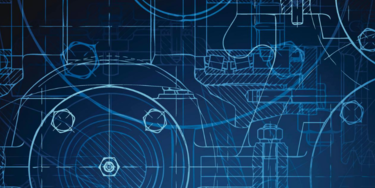
Reliability Produces Profitable Results
Capital projects are common in many industrial facilities across the United States. There was a recent report that named four specific industries — mining, metal, pulp, and paper — which collectively are spending $33.19 billion in capital expenditures in 2020 alone. To ensure that your company will get a good return on your investments — and turn that into profit dollars due to uninterrupted production — it is important to follow a proven process.
Initial correspondence and end-user expectations
Whether it is a newly designed conveyor system or a redesigned system, there needs to be an initial line of communication between either the manufacturer or distributor and the end-user. Laying out the expectations of the end-user will allow the manufacturer to design the system according to the end user’s specific tonnage requirements and, in some cases, budgetary restrictions. In the cases of a redesigned system, it allows the manufacturer to refer to the original operating context, obtain current production information, and evaluate maintenance processes. Equipment rental requirements and PPE should be discussed during this initial meeting, along with any additional on-site or pre-job safety training other than the federal- or state-mandated safety requirements.
Furthermore, it may be a good idea to have a good cross-section of all stakeholders in the facility — senior-level managers, front-line supervisors, engineering, electrical, production, maintenance, and reliability engineers — involved in this initial meeting to discuss capabilities and/or restrictions. This will ensure that these departments have a clear understanding of the requirements and know their part in making the design, fabrication, installation, and operation a success with a measurable outcome.
Assess and evaluate current conditions
Sometimes the ground is too soft, and the structure’s design must be evaluated, and/or the landscaping needs to be fortified. Sometimes excessive exposure to natural elements will affect the reliability of the components. In some cases, the original design was not engineered properly...(continue reading)